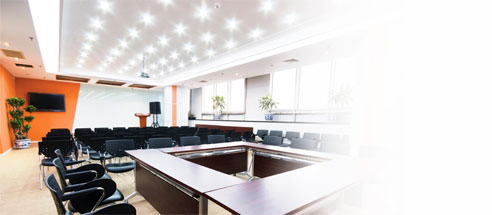NEWS ARTICLE ARCHIVES
LED and Induction Lighting from Ecoglow

Ecoglow is a Melbourne, Victoria based company dedicated to supplying quality, energy efficient LED and Induction lighting for the Australian market. Ecoglow caters for the residential, commercial and industrial market and provides a 2 or 3 year manufacturer's warranty on its products.
LED Lighting - Benefits:
Ecoglow's LED Lights comply with new building codes which allows only 5W per Square meter indoors, 4W in the garage and 3W under verandas and El Frescos.
- LED Lights help achieve 6 and 7 STAR Home Energy Efficiency Rating.
- LED Lights have a lifetime of up to 50,000 hours lasting 25 times longer than halogens.
- LED Lighting can save you over 90% on your lighting bill.
- LED Lights save you money, guaranteed.
- LED Lights are low maintenance.
- LED lighting produces a fraction of the heat that a standard halogen lamp produces.
- LED Lights contain no hazardous mercury.
- LED lighting creates far less carbon emissions.
- LED lighting does not produce harmful UV rays which can discolor furniture and upholstery.
Induction Lighting - Benefits:
Induction lighting is recommended for industrial and commercial applications for the following reasons...
Induction lighting is the energy efficient alternative to metal halides, mercury vapors and sodium vapors.
Induction lights produce more light output than mercury vapors, metal halides and sodium vapors whilst using less than half the power.
Induction lighting lasts 100,000 hours, twice as long as LED Lighting and approximately 50 times longer than metal halides
Induction lighting has an instant start up time with no cool down period required, therefore can be used on a sensor system as security lighting.
Induction lights are low maintenance which cuts costs on maintenance and cost for replacement.
Ecoglow Induction lights have a Color Rendering Index >80: therefore colors are brighter and more vivid.
Induction lighting is brighter than energy inefficient metal halides, sodium vapors and mercury vapors according to the photopic/scotopic ratios. Please see 'Induction Guide' for more information.
|
|


